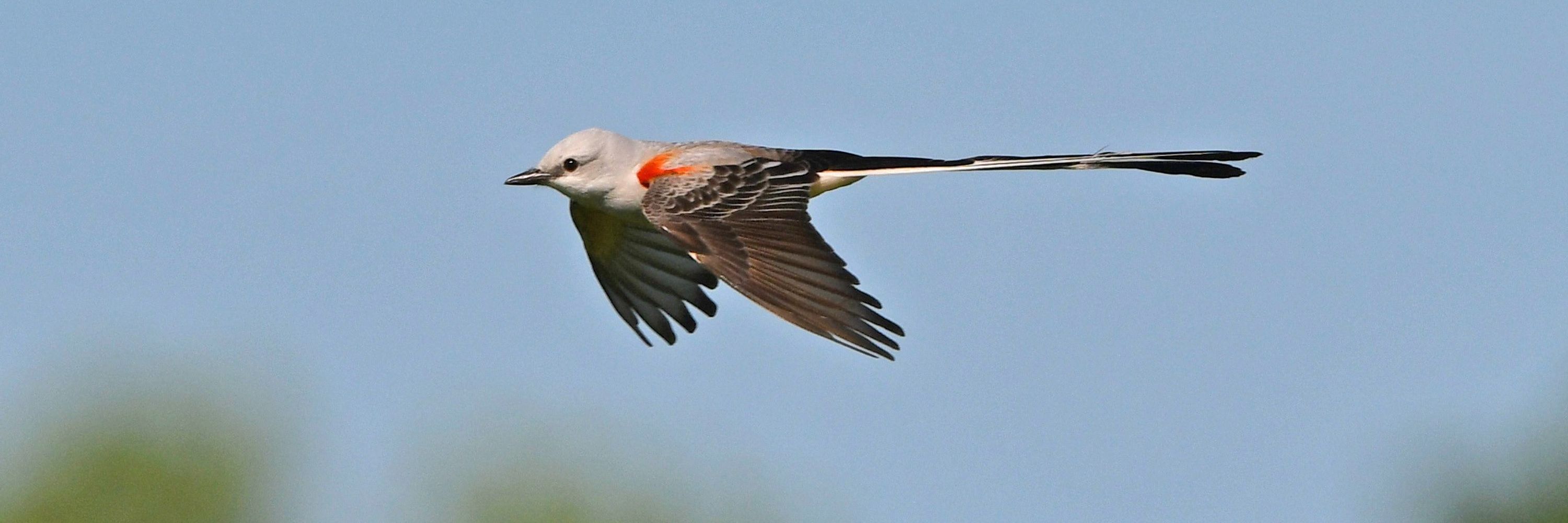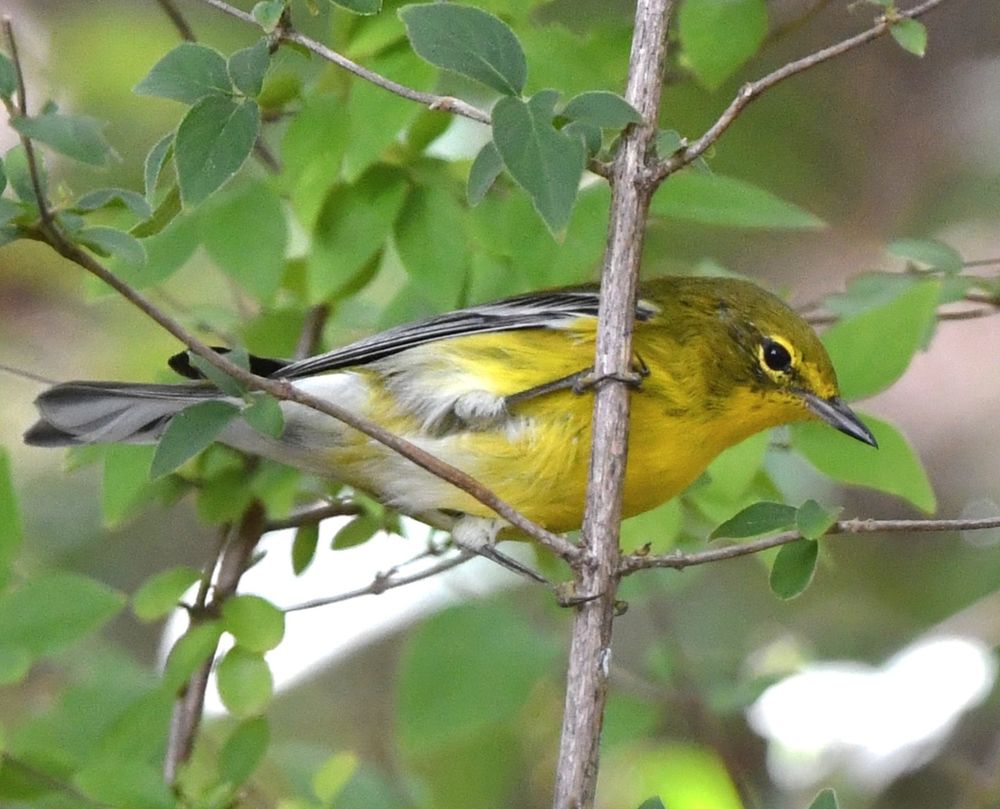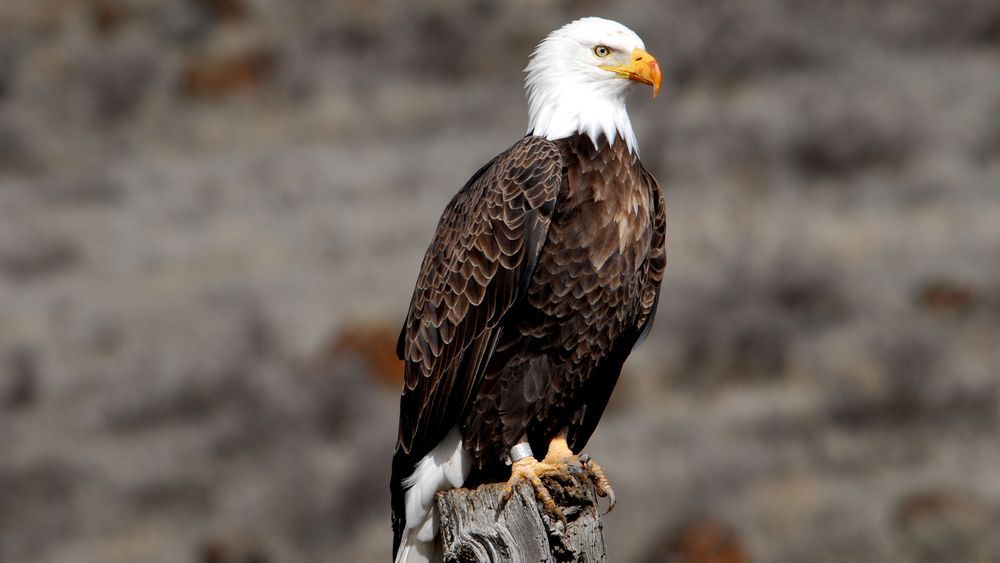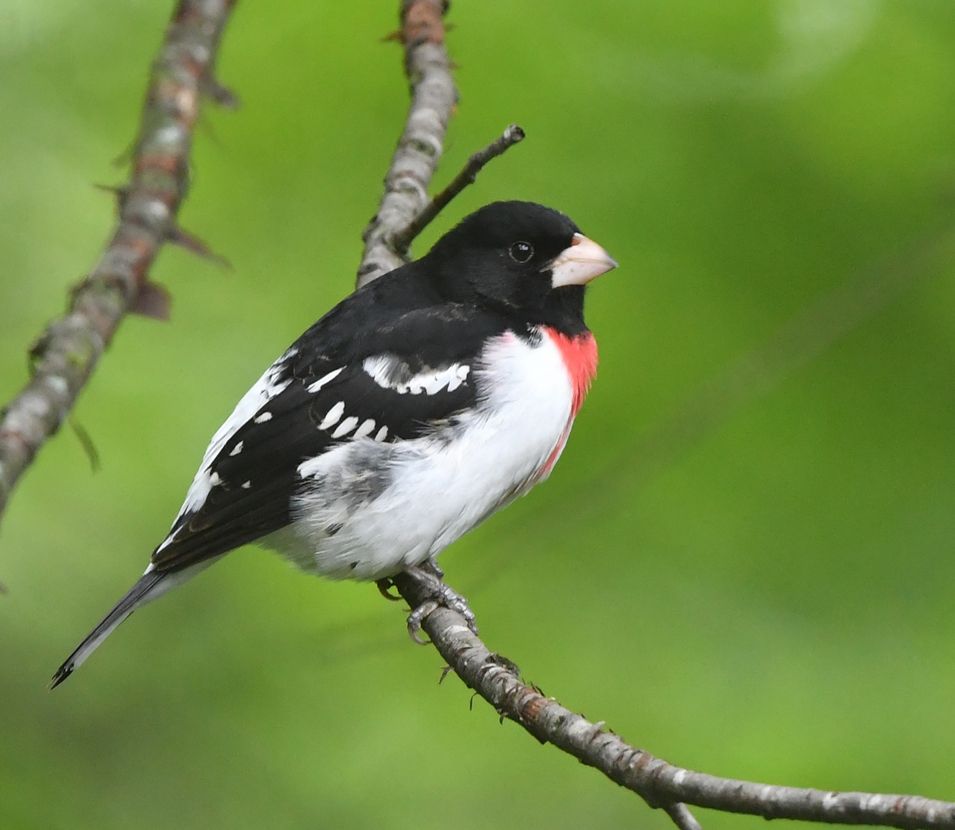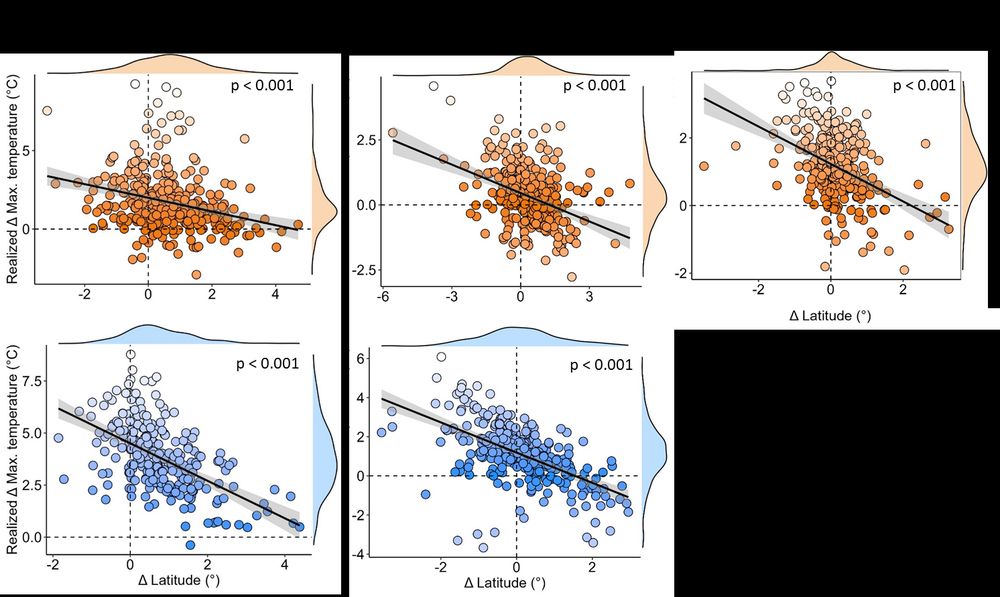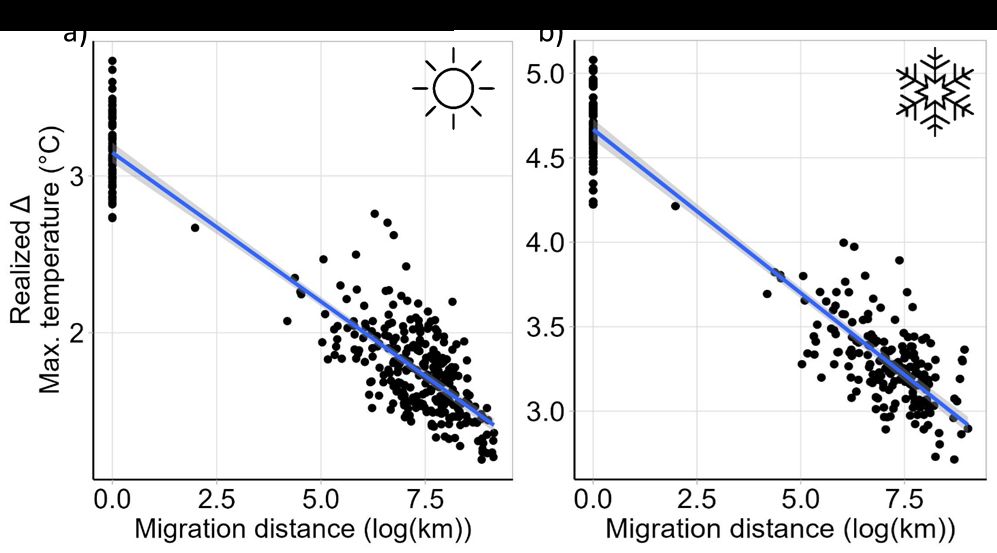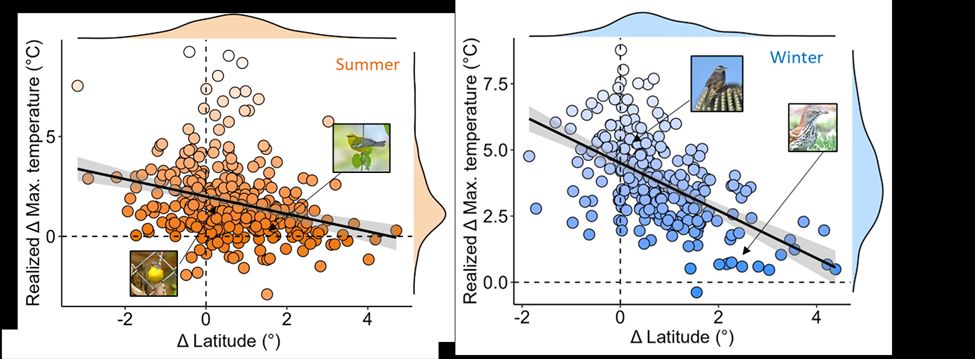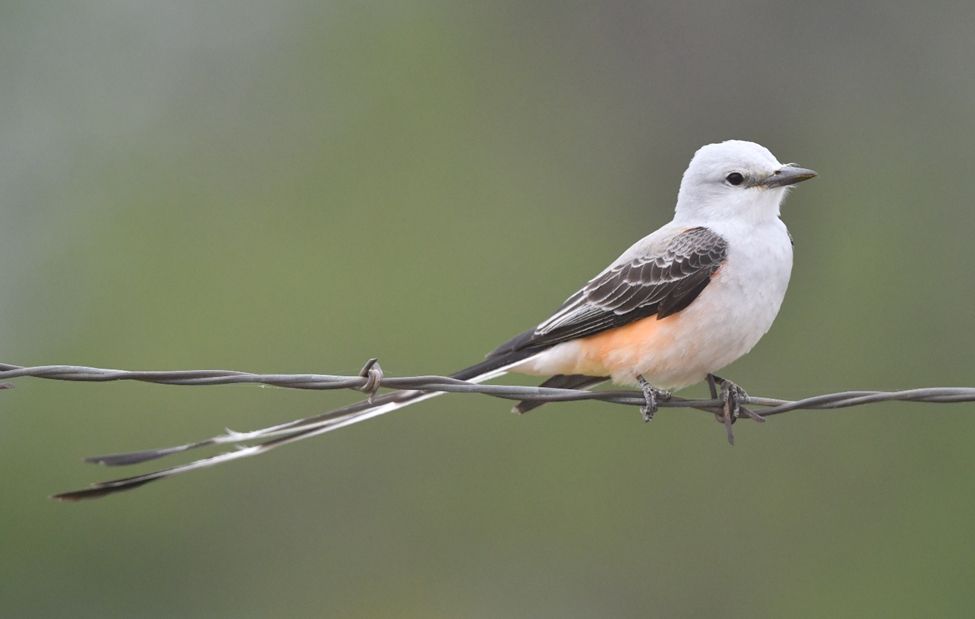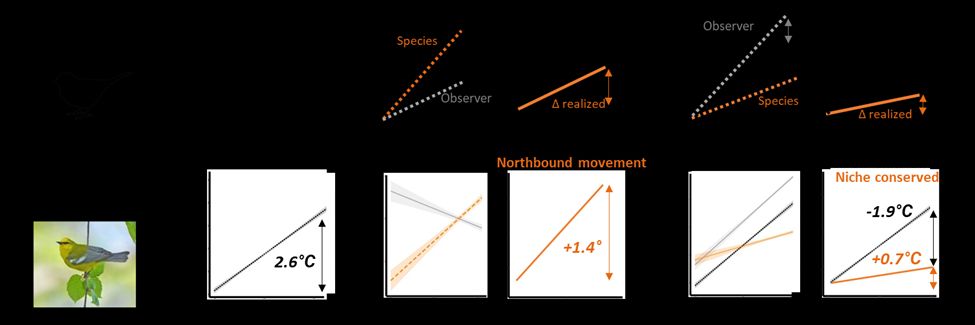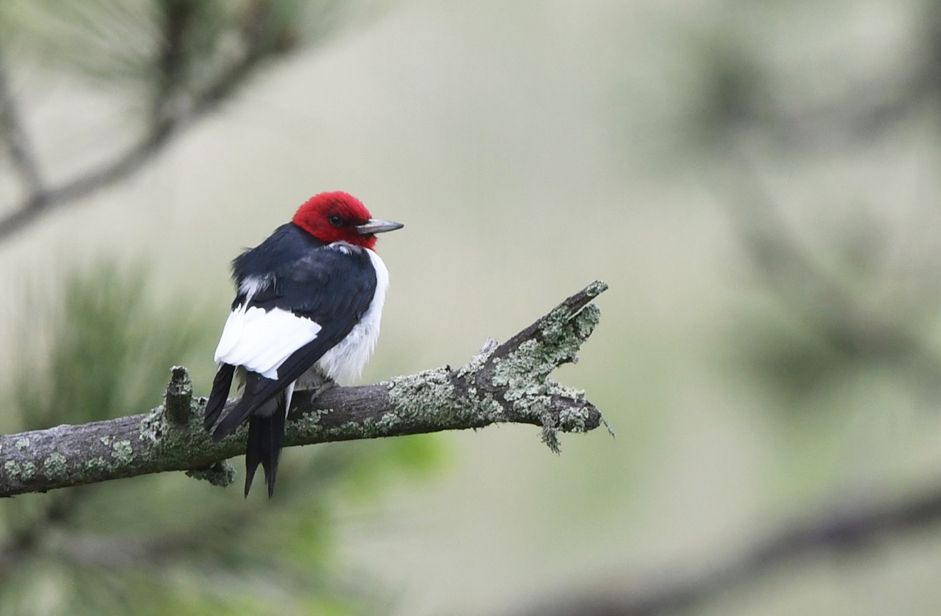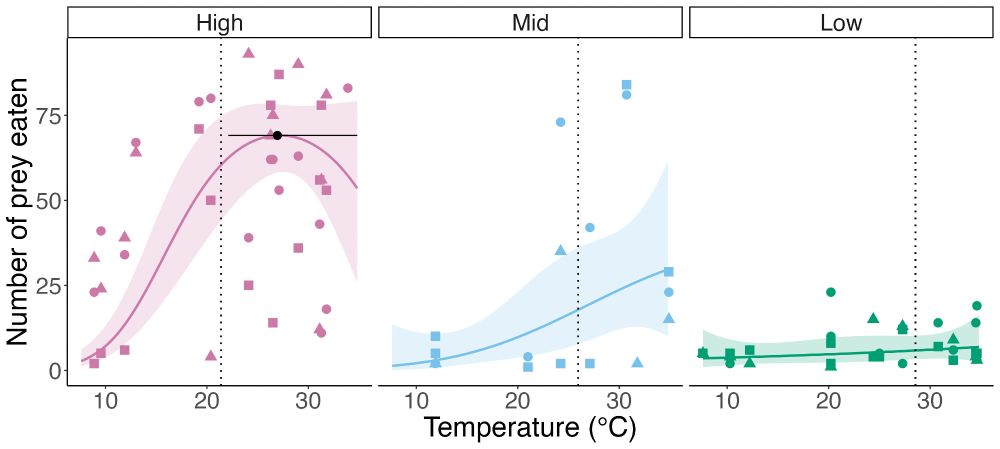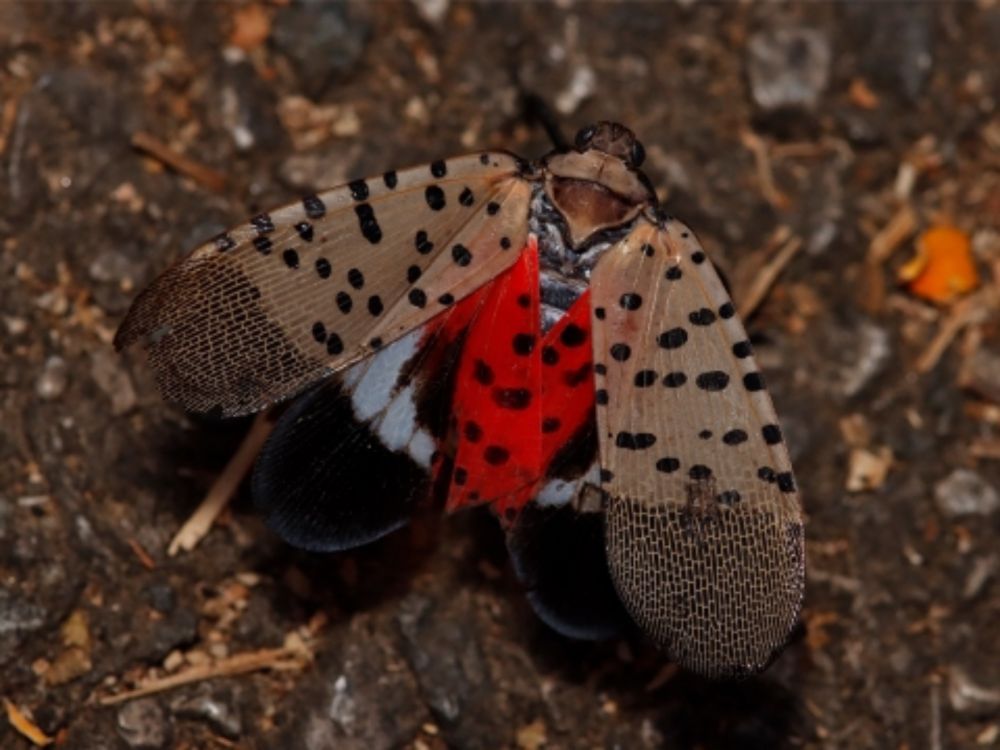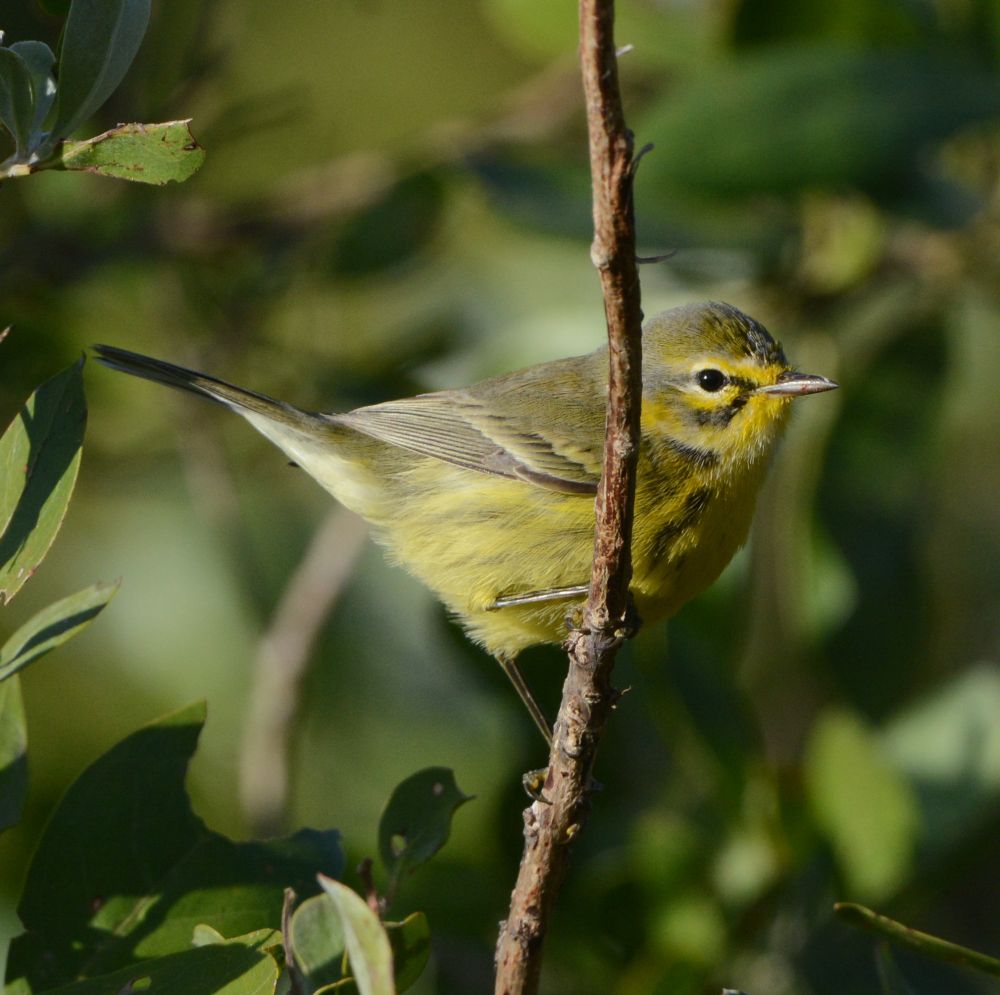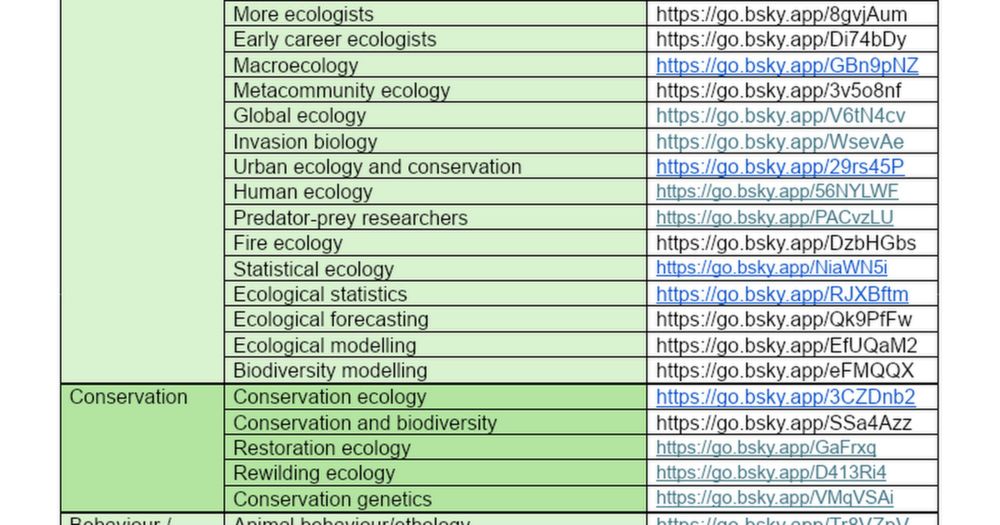Jeremy Cohen
@drjerbs.bsky.social
1.2K followers
470 following
59 posts
Early career research scientist at Yale, macroecology, quantitative climate change ecology, avian ecology, GIS and species distribution models, scale in ecology.... birder, photographer, human dad, cat dad, baseball fan
Posts
Media
Videos
Starter Packs
Pinned
Reposted by Jeremy Cohen
Jeremy Cohen
@drjerbs.bsky.social
· Jul 9
Some birds are left behind in a race to beat the heat - Nature Ecology & Evolution
Twenty years of occurrence data for North American birds suggest that range shifts in some, but not all, bird species have partly mitigated the effects of climate change.
www.nature.com
Jeremy Cohen
@drjerbs.bsky.social
· Jun 11
Jeremy Cohen
@drjerbs.bsky.social
· Jun 11
Reposted by Jeremy Cohen
Sarah DuRant
@durantlab.bsky.social
· Mar 5
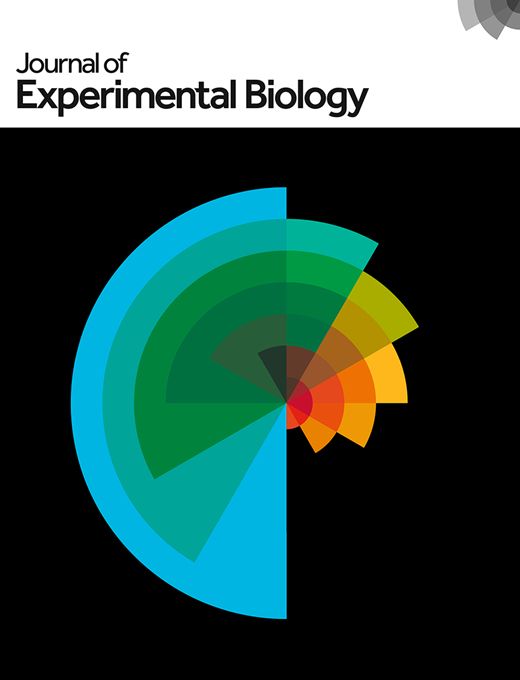
A high-lipid diet leads to greater pathology and lower tolerance during infection
Summary: Canaries fed a diet high in lipids show more severe disease outcomes than those fed a high-protein diet, with important implications for human and wildlife disease transmission.
journals.biologists.com
Reposted by Jeremy Cohen
Reposted by Jeremy Cohen
Peter Gleick
@petergleick.bsky.social
· Dec 27
Reposted by Jeremy Cohen
Reposted by Jeremy Cohen
Reposted by Jeremy Cohen
Kevin Bonham
@kevinbonham.com
· Nov 28
Jeremy Cohen
@drjerbs.bsky.social
· Nov 24
Reposted by Jeremy Cohen
